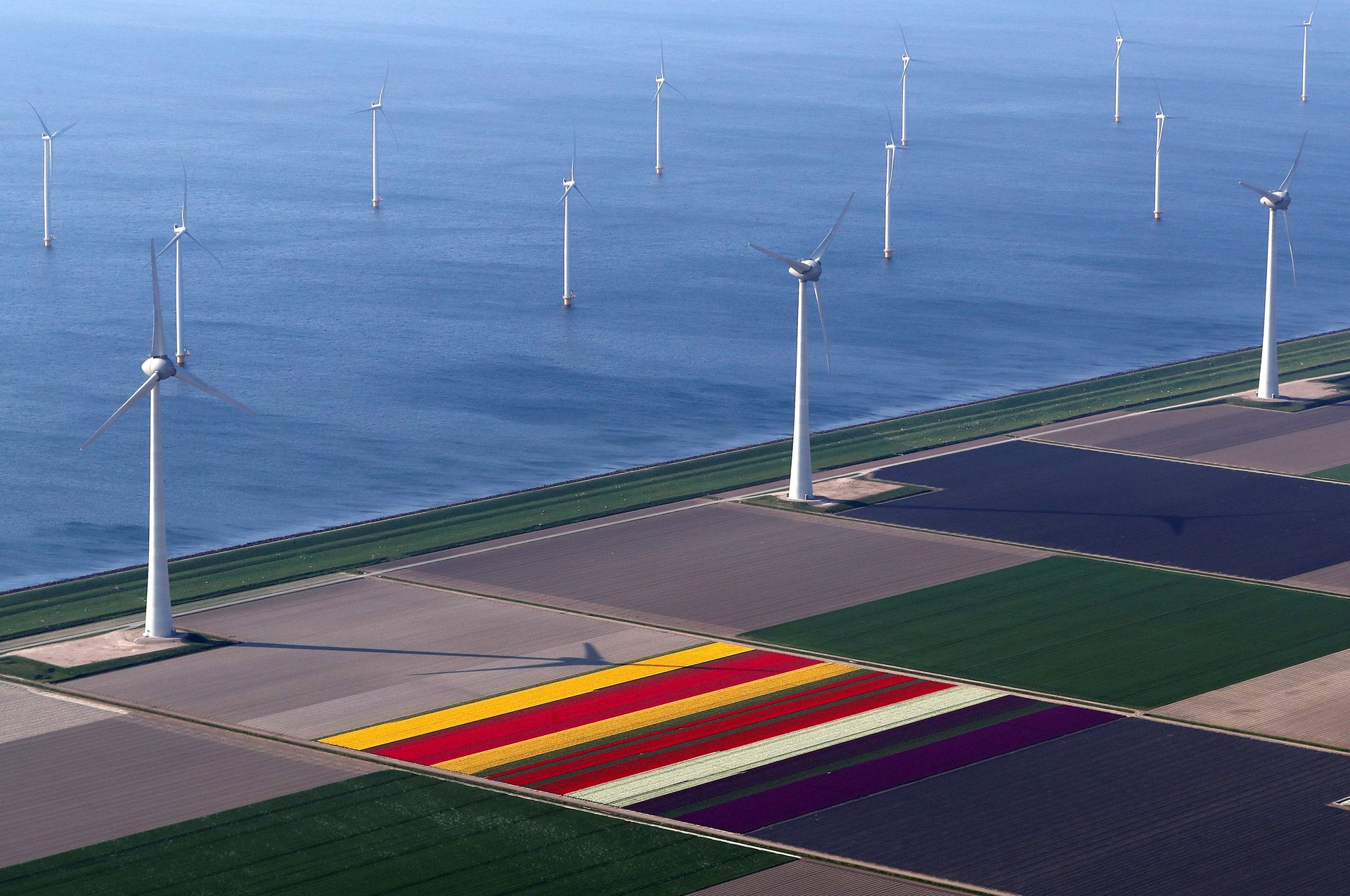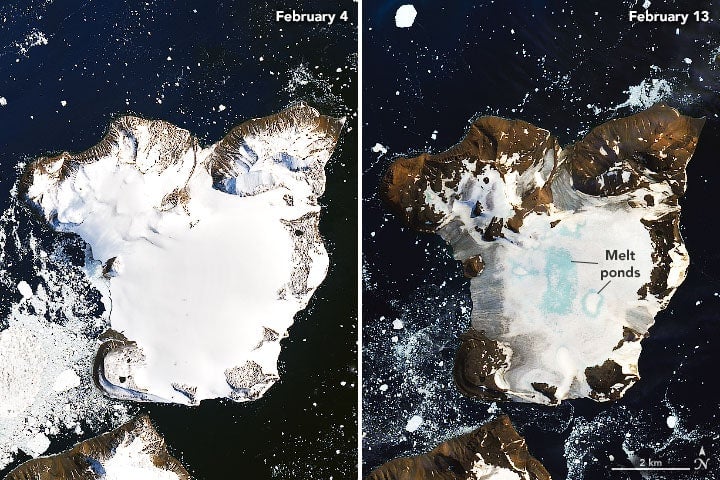The Race to Zero Emissions: Heatwaves, oil prices, and turbines
Here’s what happened over the past week that helped or harmed the world’s chances of cutting greenhouse-gas emissions to zero.

Here’s what happened over the past week that helped or harmed the world’s chances of cutting greenhouse-gas emissions to zero.

Decreases emissions
1️⃣ Wind developers blew up the record books ordering a 100 GW of new turbines last year. A boom in offshore wind investment is expected to draw more than $200 billion over the next five years. 💨⚡️
2️⃣ As sectors of China’s economy nearly halted due to coronavirus, the country’s emissions declined by an amount equal to six months of the UK’s emissions. With industrial activity resuming, they are set to rise again.
3️⃣ Australia’s bushfires are finally out. It’s the first month since July 2019 that New South Wales, the hardest-hit region, hasn’t seen a grass or bushfire. 🔥🌧🌈
4️⃣ The UK’s carbon dioxide emissions reached their lowest level since 1888 after six straight years in decline. While the rate of decline is slowing, emissions are now 39% below 1990 levels.
5️⃣ Stand down, coal-fired power plants. For the first time on record, America’s 300 or so coal plants generated less than 50% of their rated capacity, according to the Energy Information Administration. 🗽🛑 🏭
Antarctica is melting

On Feb. 6, Antarctica experienced the hottest temperature ever recorded. The temperature at Esperanza Base on the northern tip of the Antarctic Peninsula—18.3°C (64.9°F)—was similar to Los Angeles at the time. Nearby glaciers began rapidly melting under the heat. NASA’s Landsat 8 images show the ice cap on nearby Eagle Island rapidly melting and forming meltwater lakes between Feb. 4 and Feb. 13. It’s the third major melt event this polar summer.
Net-zero (for now)
1️⃣ Oil prices just collapsed, but liquefied natural gas was already cratering. A mild winter and collapsing demand due to the economic fallout from the coronavirus pushed US fuel prices to a near-record low. The price of $5 per thousand cubic feet is threatening North American energy operators with bankruptcy. ⬇️😬
2️⃣ The European Union wants to be a carbon-neutral continent by 2050, but it needs to figure out a carbon border tax first. The levy to protect Europe’s economic competitiveness has run into potentially multi-year delays in the EU.
3️⃣ “Cloud seeding”🌨🌨 to fight drought is expanding in the American west—and it may affect the climate. Colorado used the weather modification technique to capture about 29 billion gallons of water last year, but scientists warn the short-term measure could distract from necessary climate action.
4️⃣ Horizon Organic, the world’s largest organic dairy company, wants to capture more carbon than it emits by 2025. New technology, soil carbon sequestration, and adding seaweed to cows’ feed are on the table for the Danone-owned firm. 🌿🐄
5️⃣ The collapse of the last round of global climate talks in 2019 means the EU must lead the way before the next attempt in Glasgow. The bloc’s announcement of 2050 goals last week—“a compass for the next 30 years”—did not set interim targets, prompting climate activist Greta Thunberg to call it “empty words.”
The virus or your life

The specter of Covid-19 has mobilized billions of dollars and coordinated an international response. In places like China, draconian measures to limit exposure seem to have worked. Why can’t climate change, posing an even bigger threat to billions of people’s lives and livelihoods, muster the same response, asks the Christian Science Monitor. One answer is that the slow-motion nature of the catastrophe (and its political fallout) doesn’t focus the mind in the same way as a health threat—especially for older people who are both the most susceptible and likely to be in positions of power. Ultimately, the same degree of mobilization will be necessary to confront climate change.
🔼 Increases emissions
1️⃣ Executives at ExxonMobil, where share prices have fallen by more than 50% since 2017, tried to reassure shareholders that losses from the adoption of electric cars would be made up by growth in petrochemicals and plastics. 🛍
2️⃣ Heat and drought are sapping even pristine tropical forests’ capacity to absorb carbon, a study in the journal Nature finds. It predicted that by 2035 the Amazonian rainforest could no longer absorb carbon dioxide.
3️⃣ The US burned a record 85 billion cubic feet per day of natural gas in 2019 (up 3% annually). The utility sector was the biggest driver, consuming about one-third of total LNG. 🥵
4️⃣ The cost of a “wasted decade.” A paper in Nature found that the last 10 years of inaction mean we have only 10 years now to cut emissions by 7% annually to minimize climate impacts and a temperature rise of 1.5°C. ⏱
5️⃣ This February was the warmest on record save for the last high…in 2016, according to European space agencies. It follows hot on the heels of the warmest winter on record for Europe and New Jersey.
Stats to remember
As of Mar. 7, the concentration of carbon dioxide in the atmosphere was 414.30 ppm. A year ago, the level was 412.05 ppm.
For Quartz members
AI can be prejudiced, just like people. Quartz contributor Helen Edwards reports on how human biases get imported into AI—and how lawmakers and the tech industry are trying to course-correct.
Have a great week ahead. Please send feedback and tips to [email protected].